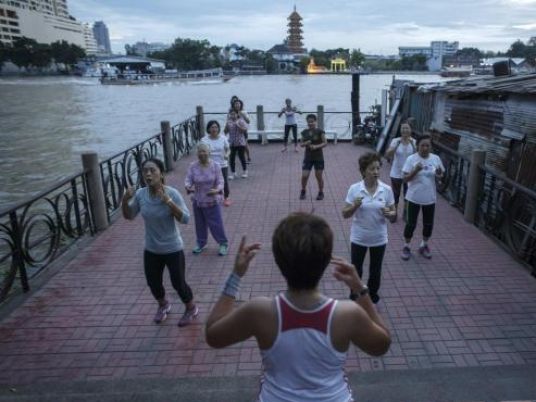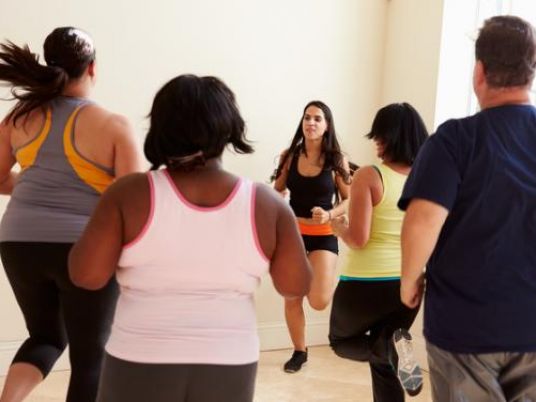
Elderly women who start exercising regularly may be able to reduce their risk of falls that result in broken bones or other serious injuries, a small study suggests.
Researchers offered a group of women in their 70s supervised workouts combining balance and strength training three times a week for one year and found they were 62 percent less likely to be injured in falls over the next five years than peers who didn’t exercise.
While previous research has proven exercises to improve balance and muscle strength can protect against falls and injuries while the workouts are ongoing, the current study suggests the benefit may last even after intensive physical activity stops, said lead study author Saija Karinkanta, a scientist at the UKK Institute for Health Promotion Research in Tampere, Finland.
“It is useful to train a little bit harder and intensively so that your physical functioning really improves,” Karinkanta said by email. “After that, you can maintain the benefits with lighter, less intensive exercise.”
Each year, one in three adults over age 65 experience a fall, the leading cause of fatal and nonfatal injuries among the elderly, according to the U.S. Centers for Disease Control and Prevention.
For older women, this risk of fall-related injuries is compounded by a condition known as osteoporosis, or thinning bones, which occurs when production of the hormone estrogen declines after menopause.
To see if exercise could reduce the injury risk for women, Karinkanta and colleagues randomly assigned 149 study participants to do resistance training, balance exercises, workouts combining both elements, or no exercise at all.
At the start of the study, the women were 70 to 78 years old and living at home. Most of them were sedentary or did moderate exercise no more than twice a week, but had no signs of osteoporosis or medical conditions that would make more intense workouts dangerous.
Women assigned to the three exercise groups did six weeks of moderate activity before scaling up to more intense supervised workouts. Balance exercises included jumping, while strength training was designed to bolster muscle and bone.
After five years of follow up, 61 women had a total of 81 fall-related injuries. Half of the women assigned no exercise at all experienced at least one fall.
Compared to women who didn’t exercise, the participants who did combined balance and strength training had a 51 percent lower risk of fall-related injuries and were 74 percent less likely to experience fractures, the study found.
Doing only balance workouts, or just strength training, didn’t appear to reduce the risk of injuries or fractures.
Because the study only reviewed data on falls women reported to healthcare providers, it’s possible some falls or injuries might have been missed, the researchers acknowledge in the journal Age and Ageing.
Even so, the findings add to a growing body of research demonstrating that exercise can make falls less likely and less dangerous, said Dr. Elizabeth Joy, medical director for clinical outcomes research at Intermountain Healthcare in Salt Lake City.
The trouble with exercise is too few older people do it, said Joy, who wasn’t involved in the study. Only around one in 10 adults over age 65 get enough physical activity, she said.
Older adults are also susceptible to a condition known as sarcopenia, or loss of muscle mass, which leads to diminished strength and endurance. This, combined with age-related hearing or vision loss can make falls more likely, Joy said by email.
Resistance training increases muscle mass, improving strength, endurance and power, which in turn, can make injuries from falls less likely, she said. Even low-impact workouts like walking and Tai Chi can help.
“You are never too old to start,” Joy said.


